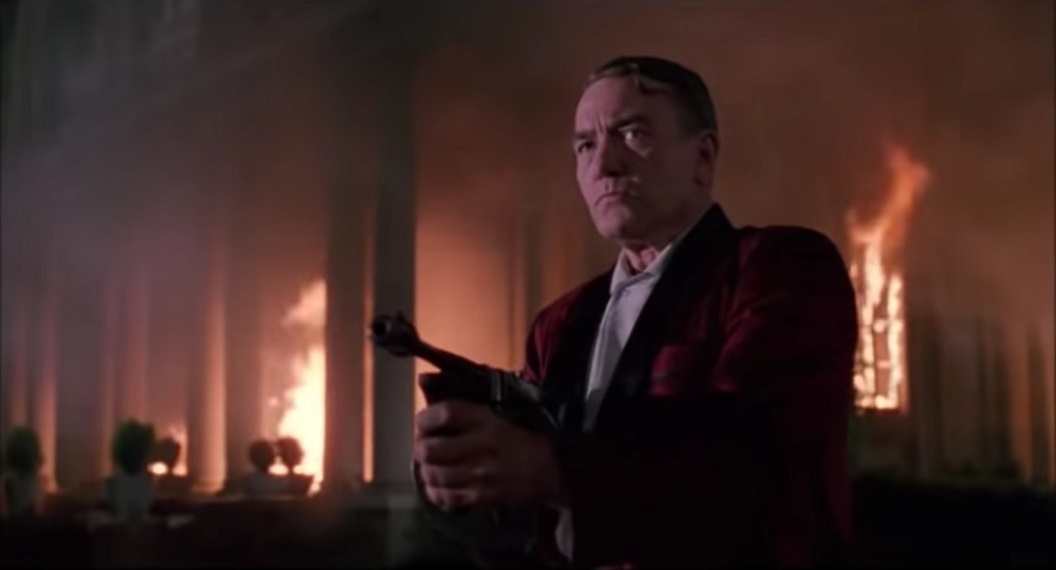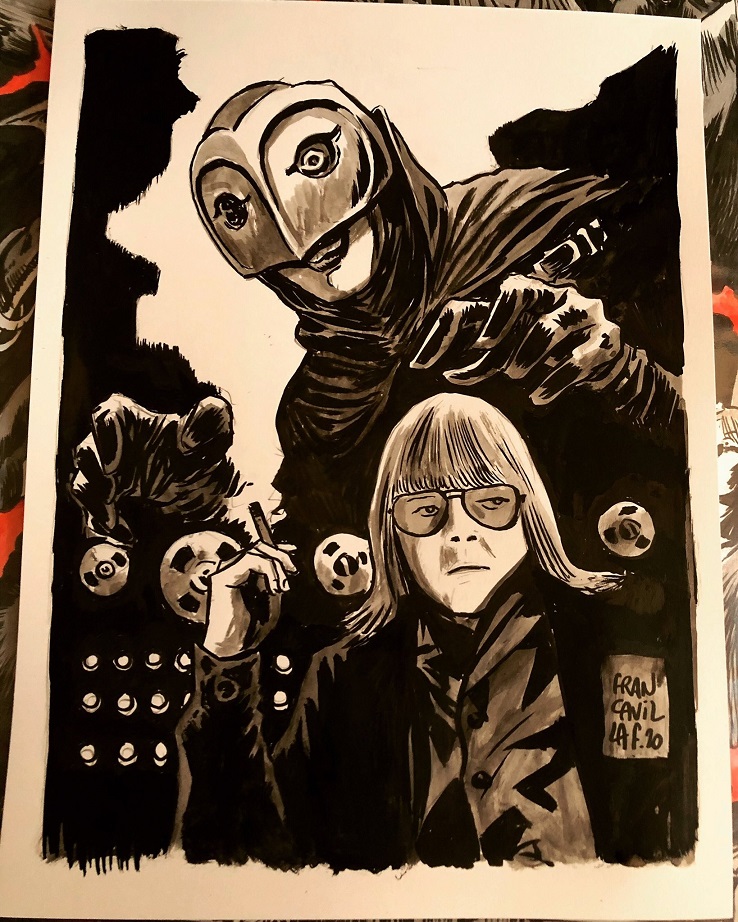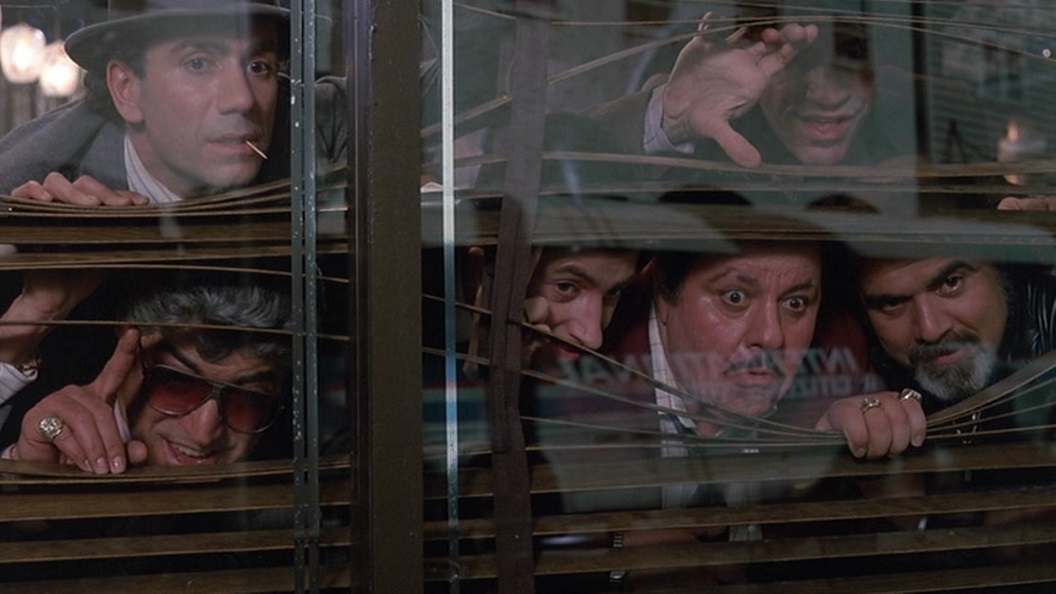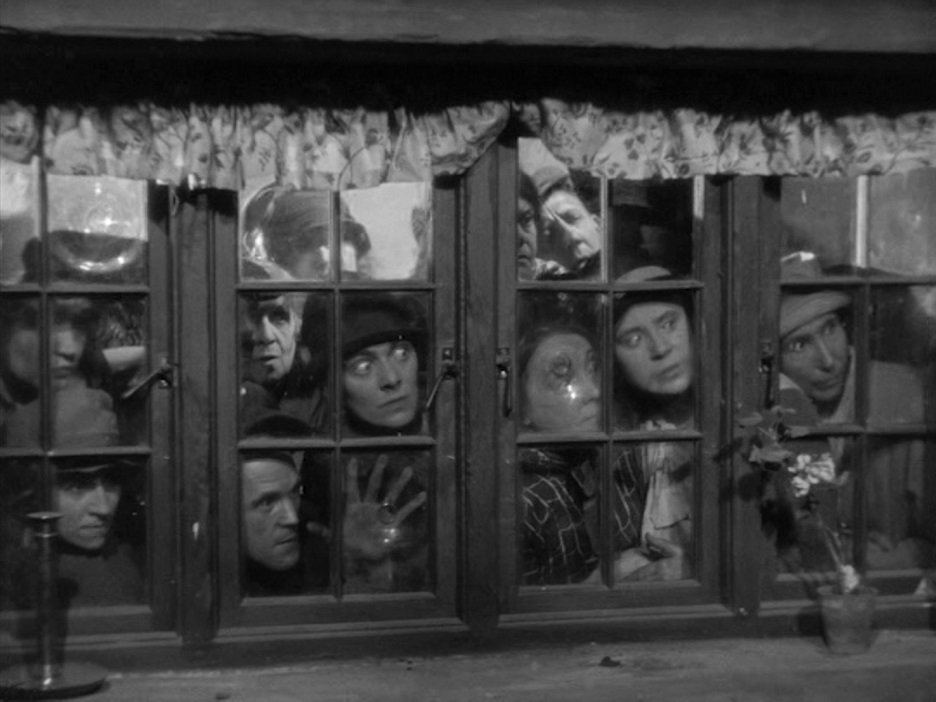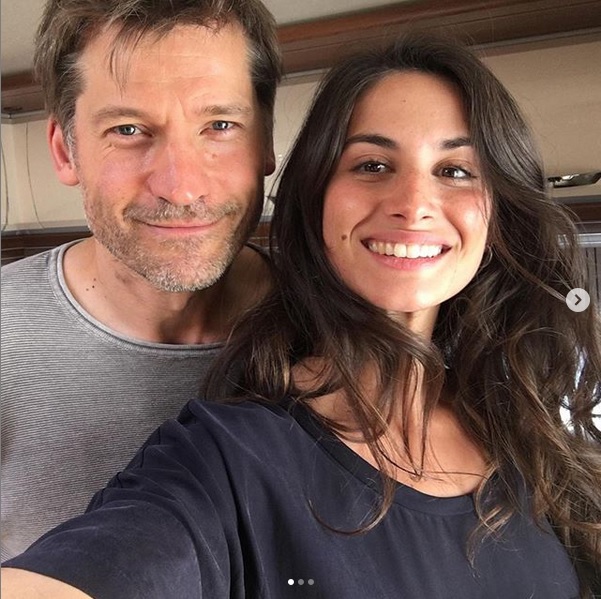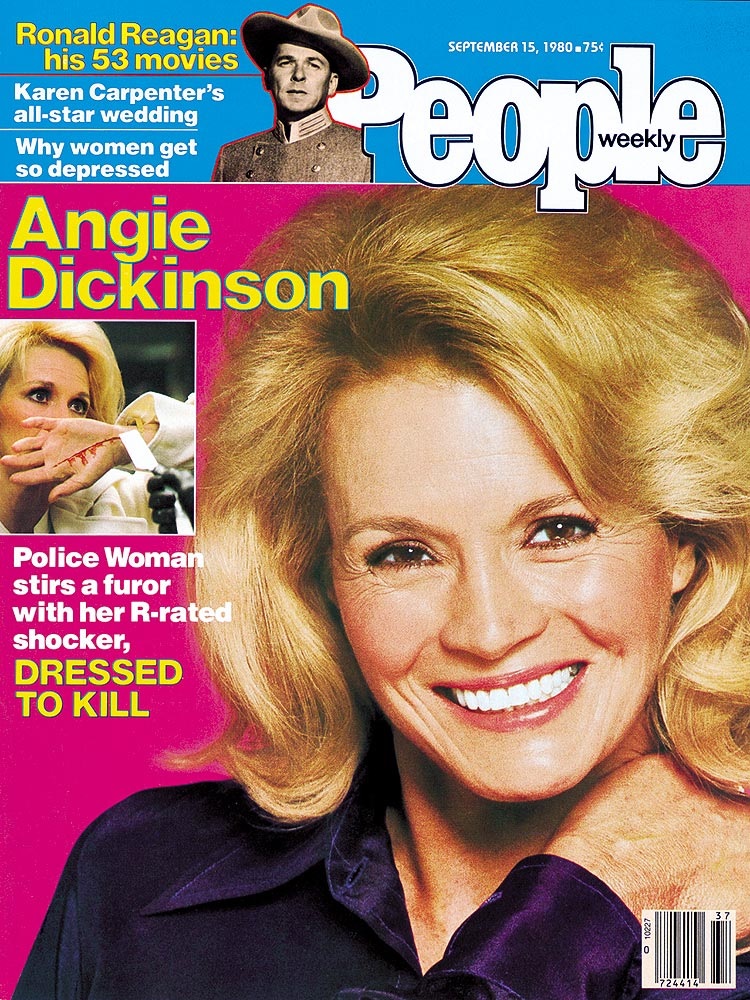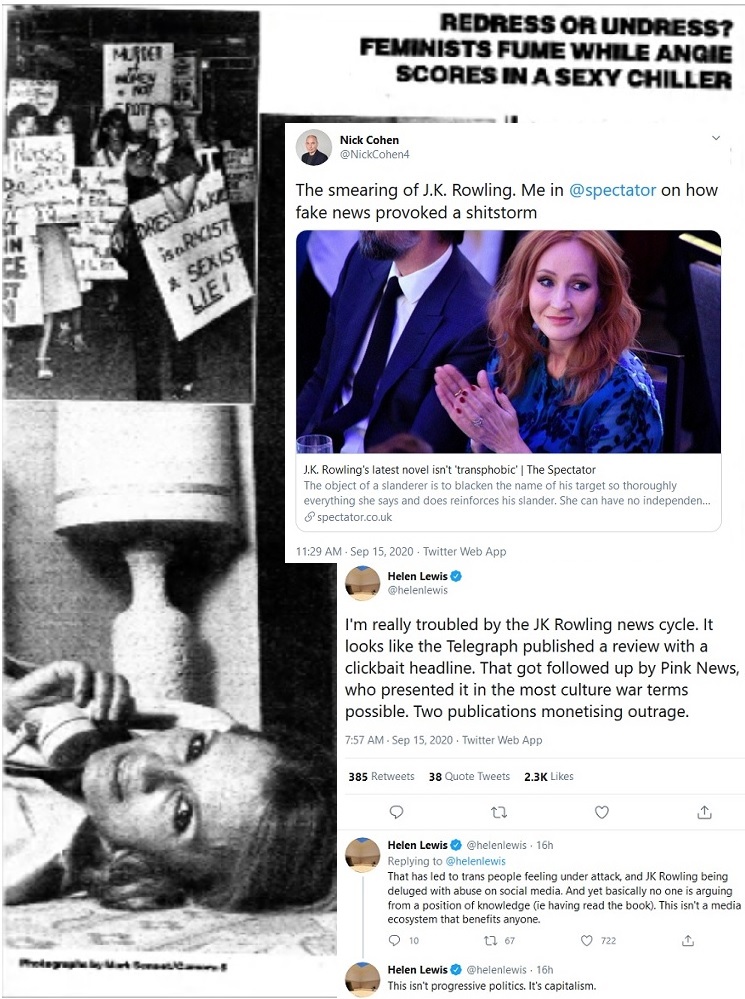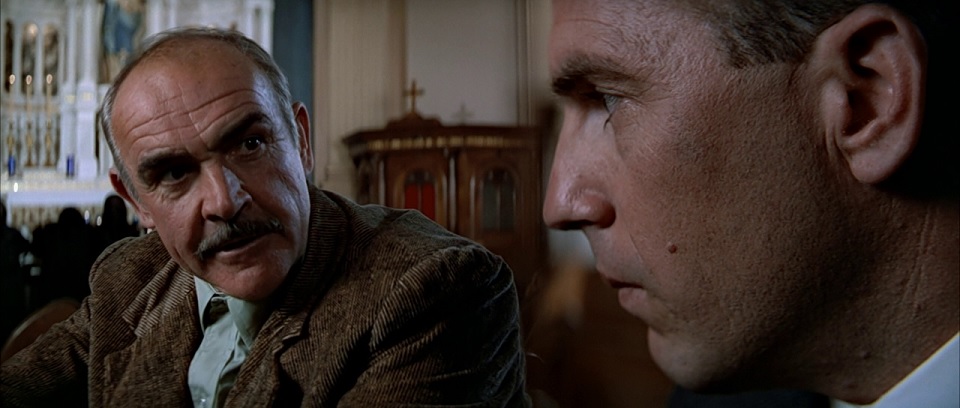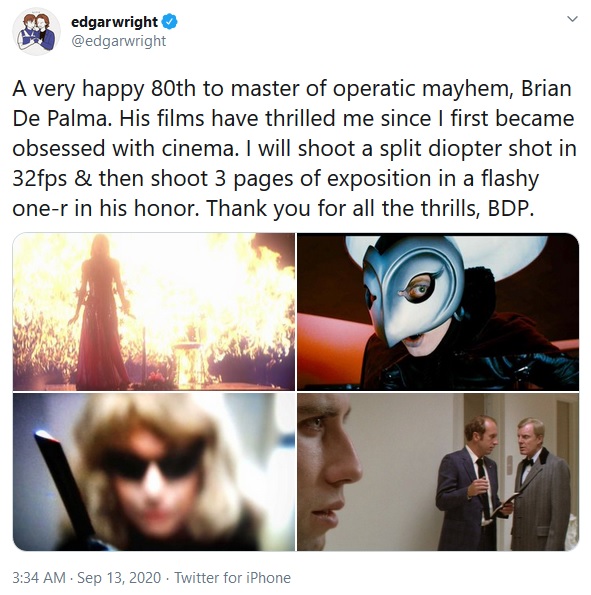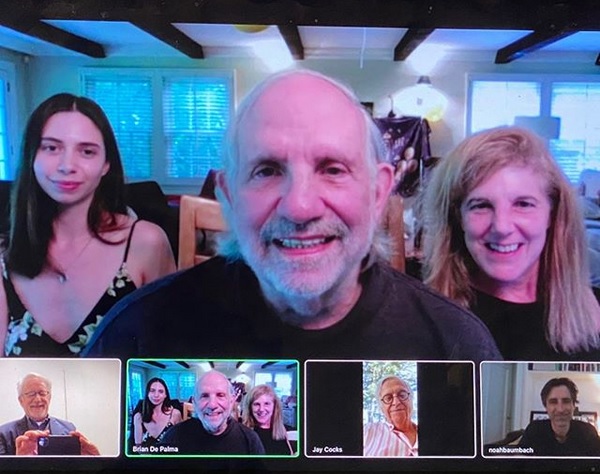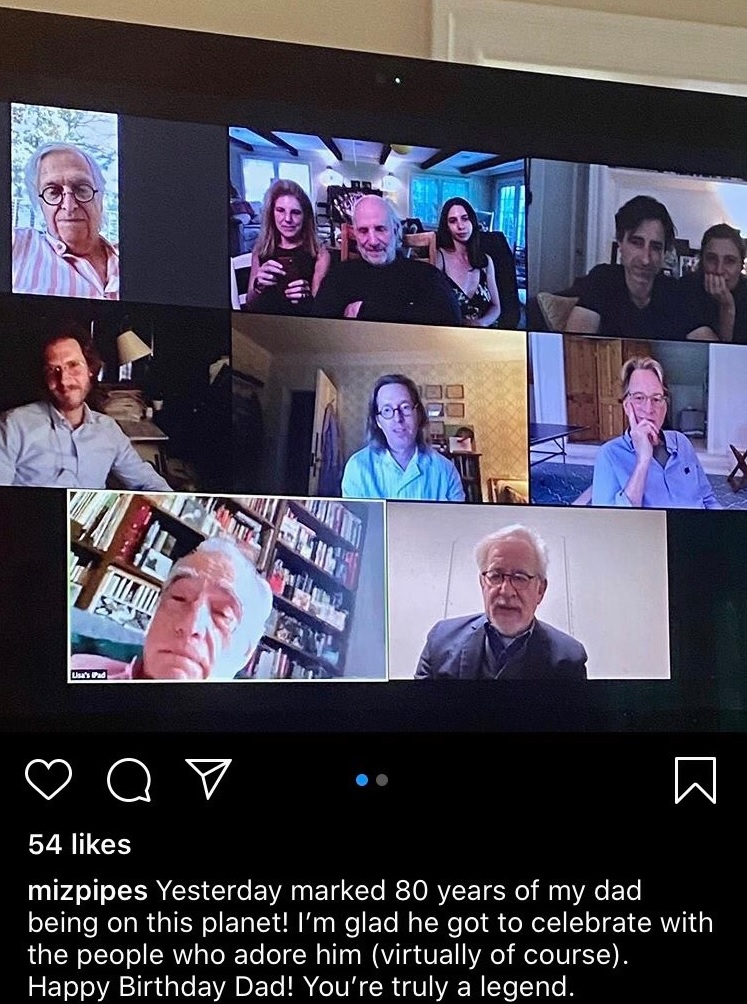RYAN MURPHY'S 'RATCHED' AMPS UP HITCH & DE PALMA
EXEC PRODUCER JENNIFER SALT CO-WROTE 2 EPISODES, HERRMANN-ESQUE MUSIC PERVADES
I've watched the first two episodes of
Ratched (new on Netflix). Both are directed by
Ryan Murphy with compelling, colorful visual style and panache.
Bernard Herrmann-esque music pervades.
Jennifer Salt co-wrote two of the episodes, and is an executive producer on the 8-episode series, which was created by
Evan Romansky and Murphy, based on
Ken Kesey's
One Flew Over the Cuckoo's Nest. Several reviews mention
Alfred Hitchcock and/or
Brian De Palma. Here are a couple of samples:
Alci Rengifo, Entertainment Voice
When Netflix granted maverick producer Ryan Murphy carte blanche to make original content, they essentially unleashed his obsession with aesthetic. When approaching his latest Netflix offering, “Ratched,” understanding the Murphy look and feel is key. Officially this is some kind of prequel about Nurse Ratched, the domineering, dark authoritarian in “One Flew Over the Cuckoo’s Nest,” made iconic by Louise Fletcher. But dismiss the 1975 movie, or even the original 1962 Ken Kesey novel. It doesn’t matter if you’ve never seen the movie or read the book. This series has no connection to them aside from the character’s last name. The rest is pure, demented reinvention, sometimes bordering on goofy, but never boring to look at. In the Murphy universe it all begins with murder. It’s the early ‘50s and a young man named Edmund Tolleson (Finn Wittrock) flips out and kills several priests, apparently convinced one was his father. Edmund will surely face execution and is sent to the Lucia State Hospital, located in a picturesque spot in California. It is here where Nurse Mildred Ratched (Sarah Paulson) arrives looking for work. Stern and focused, Ratchd nearly intimidates the hospital’s chief doctor, Dr. Richard Hanover (Jon Jon Briones). Hanover is desperate for funding, practically begging the state governor, George Wilburn (Vincent D’Onofrio). Ratched doesn’t mind the lack of positions, she finds a way to push one nurse out and get her spot. It’s soon evident her real reason for being at the hospital is to get close to Edmund. The killer will soon become the poster child for the hospital’s rehabilitation efforts, which verge from misguided to horrific. Ratched will become a player in it all, even connecting romantically with another character in ways she would have never dreamed.
“Ratched” is not necessarily a creation of Murphy. Some attention has been given to how it began as a spec script by Loyola Marymount University film student Evan Romansky four years ago. Along with Murphy, Michael Douglas, who produced the 1975 movie, is also tapped as a producer here. However there is no denying the real force behind the show. Murphy’s stamp is on every episode. It’s a better entertainment than his “Hollywood” series from earlier this year, a revisionist history of the Hollywood Golden Age. But like that series, “Ratched” works best as a visual experiment than as a story. While it’s a timeless classic, “One Flew Over the Cuckoo’s Nest” is not “Star Wars,” so it’s not as if audiences have been dying for a prequel. So Murphey lets loose, making every chapter a mad melodrama with heightened colors, camera angles that are obvious homages to Alfred Hitchcock and Brian De Palma, and a music score taken straight out of “Cape Fear” or “Psycho.” Many sequences find Ratched walking down a hall as the lighting turns to a hypnotic green or red. The décor, even of the Lucia State Hospital, is lush and seductive to the eye. Never has a mental institution looked this alluring anywhere else. It could be a spa from hell. There are individual moments that can be enjoyed just for Murphy’s fixation on details, like a seaside meal between Ratched and Gwendolyn Briggs (Cynthia Nixon), who works for the governor and gets very close to the nurse. Ratched tastes oysters for the first time, and the scene is done in a way where we can almost taste them ourselves.
Andrew Crump, The PlaylistTypical accoutrements for eating raw oysters include cocktail sauce and mignonette, plus or minus a curious spirit for the uninitiated. The key accompaniment is subtlety. But subtlety is served rarely in the Ryan Murphy extended universe, so when Mildred Ratched (Sarah Paulson) and Gwendolyn Briggs (Cynthia Nixon) take a seat at an oceanside restaurant and order an oyster plate, the sexual undertones don’t go “under” at all. They’re as low-key as a jackhammer. But that’s okay. The eroticism and flirtation rest on the surface like vinegar in the shell. Gwendolyn is giving her Mildred her first taste of oysters while handholding her through a metaphor for oral pleasure. This scene is set about halfway through “Ice Pick,” the second episode in the origin story series “Ratched” on Netflix. Like many productions Murphy puts his name on, he serves as an executive producer and developer; the creator is Evan Romansky, taking pages from Ken Kesey’s novel “One Flew Over the Cuckoo’s Nest” as well as Miloš Forman’s 1975 adaptation, which is arguably more widely embraced by pop culture than its source material. Regardless, Romansky’s series functions as a “What if?” taking viewers back nearly 20 years to Nurse Ratched’s arrival at Salem State Hospital, back when she was driven by morals and ideals and didn’t approach every patient like a nail. She’s still cunning and ruthless, of course, conniving her way into employment at a mental hospital in Northern California, but she’s also appalled by certain practices seen as state-of-the-art for the times, like hydrotherapy.
“True monsters are made, not born,” reads Netflix’s logline for the show. If that thesis held up as one episode fades into the next, “Ratched” might have better cogency, though even if the writing betrays the basic conceit, the narrative still hums along nicely. What actually hobbles “Ratched” is the Russian nesting doll effect of structuring a prequel around the chief antagonist in a movie based on a book. Characters like Nurse Ratched don’t require explanation. In fact, they can’t be explained at all. They exist solely to provide a wall for protagonists to collide with. Sometimes inhumanity’s roots demand excavation. Most times they’re best left rooted in the dirt.
What’s especially frustrating about Romansky’s enterprise is that “Nurse Ratched” could have done just fine on its own merit divorced from pre-existing intellectual property; as a kinky thriller about a haunted and unstable medical professional who sabotages her peers, bumps off the occasional patient, and disposes of the bodies, all while struggling with her late-stage sexual awakening and a dose of wartime trauma, the show works and handily outclasses Murphy’s other 2020 projects, “Hollywood” and “The Politician.” Think of “Nurse Ratched” as a confluence where the movies of Brian De Palma and Alfred Hitchcock pool together with genre plots about evil nurses, buttressed by the excess that defines Murphy’s brand. The resultant mixture proves satisfying by the end of the pilot’s opening sequence, where Edmund Tolleson (Finn Wittrock) brutally kills a quartet of clergymen with throat slashes, dozens of stab wounds, and one head smash.
Sounds like the start of a new season of “American Horror Story,” except the scares are replaced by the sense of watching strangers undress through their upstairs window. The naughtiness that partially, but substantially drives “Nurse Ratched”s plot feels like a release, even when Romansky and his writing team—comprising Murphy, naturally, as well as his usual cohort Ian Brennan and Jennifer Salt—pause it for genre-mandated bloodletting and squeamish discomforts, ranging from LSD-fueled delimbings to cranial lobotomies performed at the business end of an ice pick (in case Episode 2’s title doesn’t immediately give away the game.) In “American Horror Story,” images like that would be the showcase. Here, it’s more like a set of bookends to prop up complicated bedroom roleplay, Mildred’s sexual self-denial, and her mission to get herself as close to Tolleson as possible. Turns out they’re related, the “how” being revealed in, again, “Ice Pick,” one of the series’ fundamental chapters.
